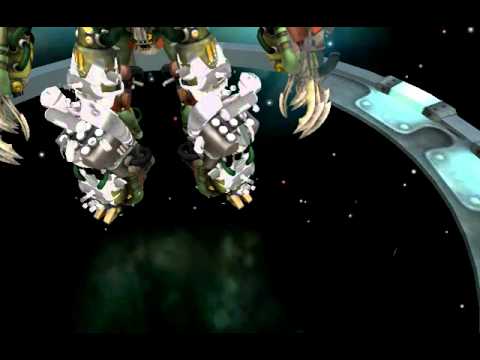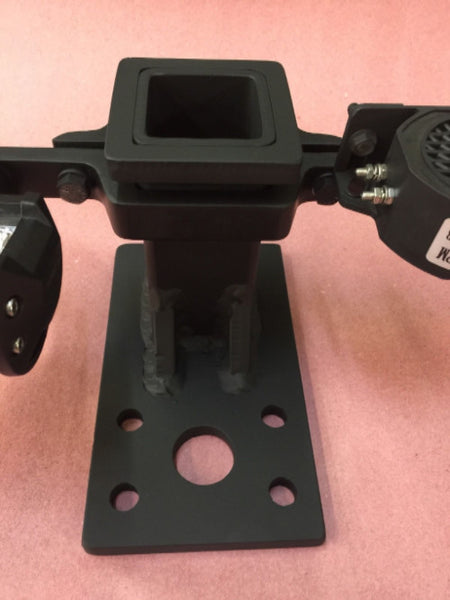

The important issues are the semantics of the UI, such as whether a setting is a date, a filename, a volume level, or a choice between fonts. Are the labels for settings aligned properly? Should a number be presented as a digital readout or a position on a dial? Should a choice be presented as radio buttons or a menu? What font should be used in a text field? These are mere presentation issues-the “low-order” bits of GUI design. Too focused on appearance: Most GUI tools require developers to spend too much time fiddling with the appearance and layout of their GUIs. A control may look nice, but that’s a minor detail if it’s the wrong control or behaves unexpectedly. They allow designers to make poor choices, like using the wrong control for a setting.


#CHOOSE BACKUP LIGHT GUE WINDOWS#
Most toolkits claim to support a GUI standard-such as Windows or MacOS-but make it just as easy to violate the standard as to adhere to it. They don’t help guide programmers toward good designs. Too unguided: GUI toolkits allow programmers to build GUIs that violate design guidelines. Some toolkits are low level because the toolkit developers lacked the time, motivation, or skill to design high-level building blocks covering the desired range of GUIs. It makes common, ordinary UIs just as hard to implement as highly unusual ones the common case suffers to allow for the rare case. But that is misguided: it makes developing applications tedious, time consuming, and error prone. Too low level: GUI toolkits provide low-level building blocks to allow maximum flexibility in what can be built. However, the help they provide is limited by several flaws: ■ GUI tools are supposed to make it easier and faster for programmers to develop GUIs.


 0 kommentar(er)
0 kommentar(er)
